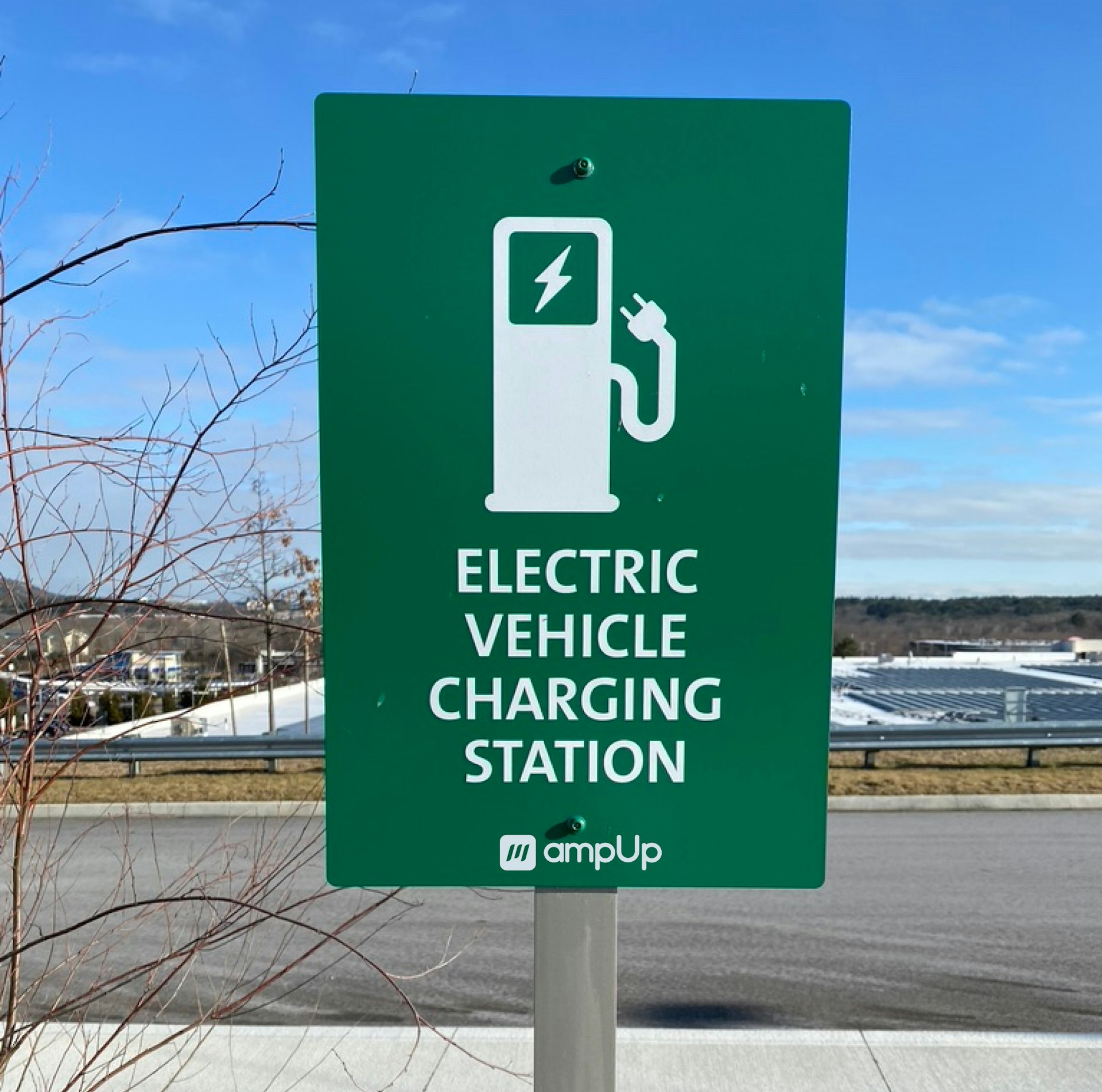How Car Sharing Is Transforming Urban Mobility: Impacts, Access, and Opportunities

Photo by Derek Lee on Unsplash
Introduction: Urban Mobility at a Crossroads
Rapid urbanization and the growing demand for efficient transportation are placing unprecedented strain on city infrastructure worldwide. As cities grapple with congestion, pollution, and limited public transport access, car sharing has emerged as a promising solution to modern urban mobility challenges. But what is the real impact of car sharing, and how can individuals and communities leverage its benefits?
How Car Sharing Works and Its Evolution
Car sharing allows individuals to access vehicles on-demand without the responsibilities of ownership. These services typically operate through membership-based platforms, enabling users to reserve, unlock, and drive cars for short periods. The concept has evolved from early cooperative models to technology-driven services powered by mobile apps and real-time vehicle tracking. Car sharing is now part of the broader
shared mobility
ecosystem, which also includes ride-hailing, bike sharing, and e-scooters
[4]
.
Reduction in Car Ownership and Parking Demand
One of the most significant impacts of car sharing is its ability to reduce private car ownership. In cities such as Bremen, Germany, studies have shown that nearly 80% of car sharing users have no private car in their household; for many, car sharing replaces the need for a first car. In Bremen alone, 23,000 car sharing users gave up or avoided buying more than 7,000 cars, freeing up the equivalent of 35 kilometers of parking space. Achieving similar parking relief through construction would require investments of €100-150 million [3] .
For U.S. users, Zipcar data suggests that a single shared vehicle can replace up to 13 privately owned cars. Most users access shared cars by walking, biking, or using public transit-further relieving pressure on urban parking and roadways [5] .
Environmental Benefits: Lower Emissions, Less Congestion
Car sharing has been shown to reduce overall vehicle miles traveled (VMT) and greenhouse gas emissions in participating cities. Research suggests that car sharing can reduce the total car fleet by a third, with each shared car replacing five to fifteen privately owned vehicles. In modeled scenarios, traffic emissions decreased by one third and greenhouse gas output dropped by 62%. Space formerly allocated to parking was reclaimed for public use, and total vehicle kilometers decreased by up to 55% during peak hours in some metropolitan areas [1] .
Zipcar’s U.S. data shows that members drive 40% fewer miles annually compared to car owners, and each member’s carbon footprint is reduced by an average of 1,600 pounds per year. These outcomes are achieved as users shift toward multimodal travel-combining car sharing with biking, walking, and public transit [5] .
Economic and Social Accessibility
Car sharing offers substantial cost savings for individuals compared to private ownership. U.S. data indicates that using car sharing services can save users up to 86% in monthly costs. This makes transportation more accessible to people who may not afford a private vehicle, supporting greater social inclusion and mobility. In many cities, car sharing is strategically deployed in neighborhoods with limited transit options, helping bridge gaps in access to jobs, education, and services [2] .
Shared mobility also benefits urban economies by creating new jobs in fleet management, maintenance, and technology. However, the adoption rate varies by region; while Europe and parts of the U.S. have higher penetration, areas such as sub-Saharan Africa still face significant barriers to access [2] .
Practical Steps: How to Access Car Sharing Services
If you’re interested in joining a car sharing program, follow these steps:
- Research Available Services: Search for car sharing companies operating in your city. In the U.S., major providers include Zipcar and Turo. In Europe, look for local operators or city-supported schemes.
- Check Eligibility: Most platforms require a valid driver’s license, an acceptable driving record, and a minimum age (often 21 or older).
- Register Online: Sign up on the provider’s official website or app. You’ll typically need to upload identification and payment details.
- Locate and Reserve Vehicles: Use the app or website to find available cars nearby. Many services allow you to reserve instantly or schedule in advance.
- Pick Up and Drive: Follow instructions to unlock the car (often through a mobile app or access card). Drive for your reserved time, then return the vehicle to a designated location.
- Alternative Pathways: If no commercial service is available, check with your city government for pilot programs or partnerships with local car sharing cooperatives. Search for terms like “city car share program” along with your city name, or contact your local Department of Transportation for guidance.
For those seeking official information, you can visit the provider’s official website or consult your city’s transportation department for details on local initiatives. If you need help finding a service, search online with your city name and “car sharing” to locate reputable options.
Potential Challenges and How to Overcome Them
Despite many advantages, car sharing faces barriers such as limited coverage in low-density areas, competition for curb space, and initial resistance from traditional car owners. Some users may have concerns about vehicle cleanliness, availability, or technical issues with apps and reservation systems.

Photo by Yeh Xintong on Unsplash
To address these challenges, cities and providers are:
- Expanding station density, particularly in urban neighborhoods, to make vehicles more accessible.
- Integrating car sharing with public transit apps and mobility hubs for seamless multimodal journeys.
- Implementing regular cleaning, maintenance, and customer support protocols.
- Engaging with communities to address concerns and ensure equitable access.
If you encounter service gaps or accessibility issues, you can contact your city’s transportation department to advocate for new stations or the inclusion of car sharing in local mobility planning.
Case Studies: Real-World Results
Several cities have demonstrated the tangible benefits of car sharing:
- Bremen, Germany: Car sharing users gave up or avoided purchasing 7,000 cars, saving city space and resources [3] .
- U.S. Cities (Zipcar): Members reduced their annual vehicle miles, increased public transit use by 102%, and collectively drove 2.1 billion fewer miles, cutting significant emissions [5] .
- Global Trends: Shared mobility-including car sharing, ride-hailing, and e-bikes-is projected to more than double its share of urban transport by 2030, potentially reaching a $400 billion market [2] .
Alternative Approaches and Future Trends
Car sharing is most effective when integrated with other sustainable urban mobility solutions. Cities worldwide are experimenting with:
- Mobility-as-a-Service (MaaS) platforms that bundle car sharing, public transit, bike sharing, and ride-hailing into unified apps.
- Partnerships with public agencies to ensure coverage in underserved areas.
- Flexible pricing models and incentives for low-income users or neighborhoods.
The future of car sharing will likely include electric vehicle (EV) fleets, automated booking, and dynamic pricing. Policymakers and industry leaders continue to study best practices to maximize both environmental and social benefits [4] .
Summary: Key Takeaways and Next Steps
Car sharing provides a viable path to more sustainable, accessible, and efficient urban mobility. By reducing car ownership, lowering emissions, and freeing up city space, it supports both individual users and broader community goals. Individuals interested in car sharing should research local providers, understand eligibility requirements, and engage with city programs where available. For communities, continued investment in shared mobility infrastructure and integration with other transport options will be key to realizing the full potential of this model.
References
- Transport & Environment (2017). Does sharing cars really reduce car use? Study on car sharing’s effect on vehicle fleet and emissions.
- Oliver Wyman (2023). Shared Mobility’s Global Impact On The Urban Landscape.
- Intertraffic (n.d.). Is car sharing part of the solution to urban mobility problems?
- Federal Highway Administration (2016). Shared Mobility: Current Practices and Guiding Principles.
- AutoInsurance.com (2021). Car Sharing Facts and Statistics.
MORE FROM smartsavingsfinder.com













